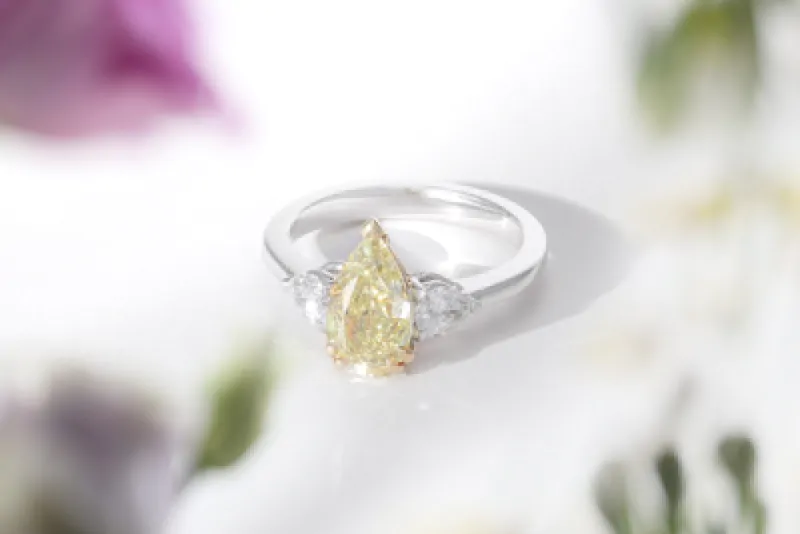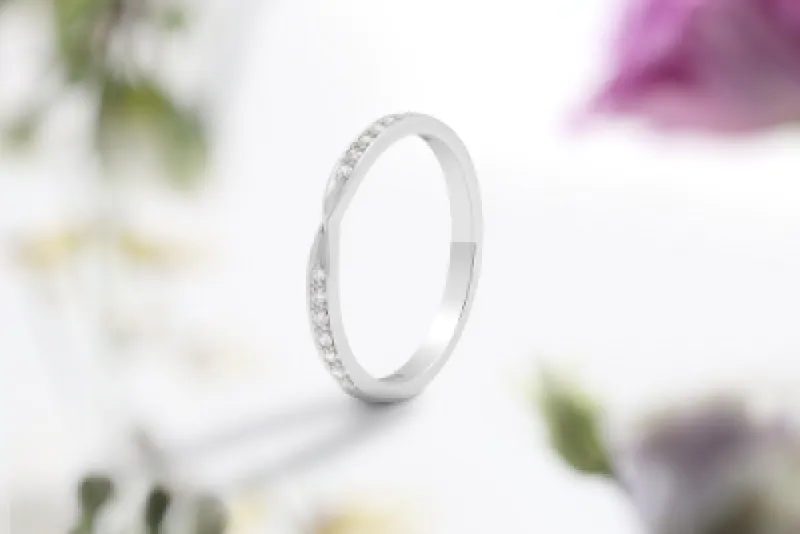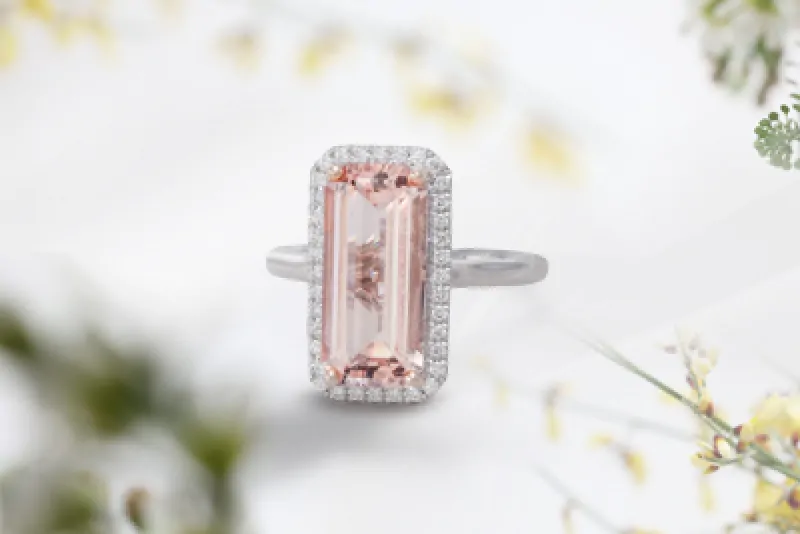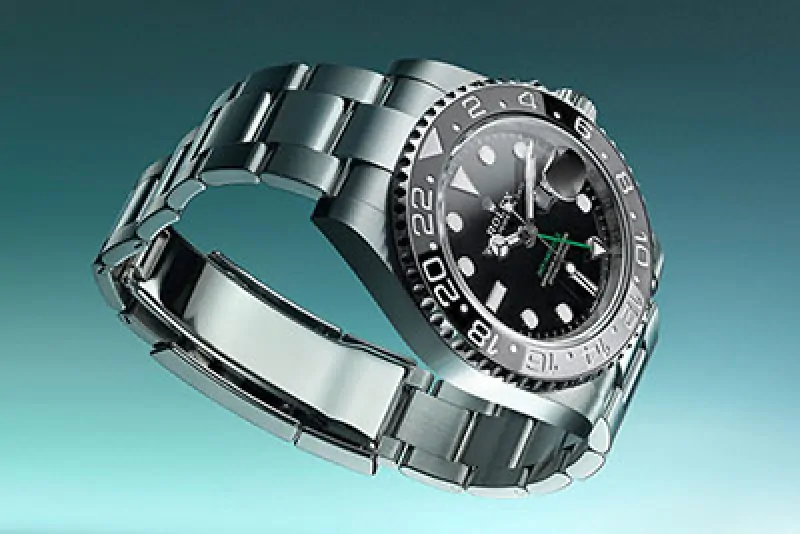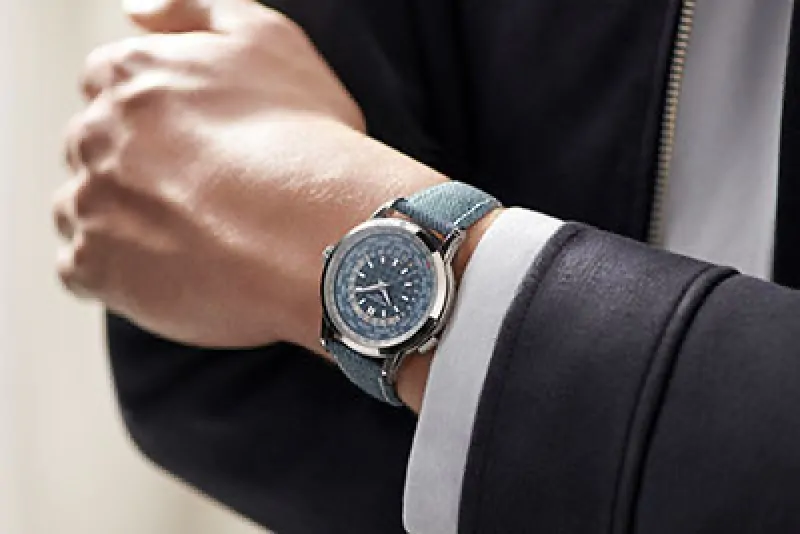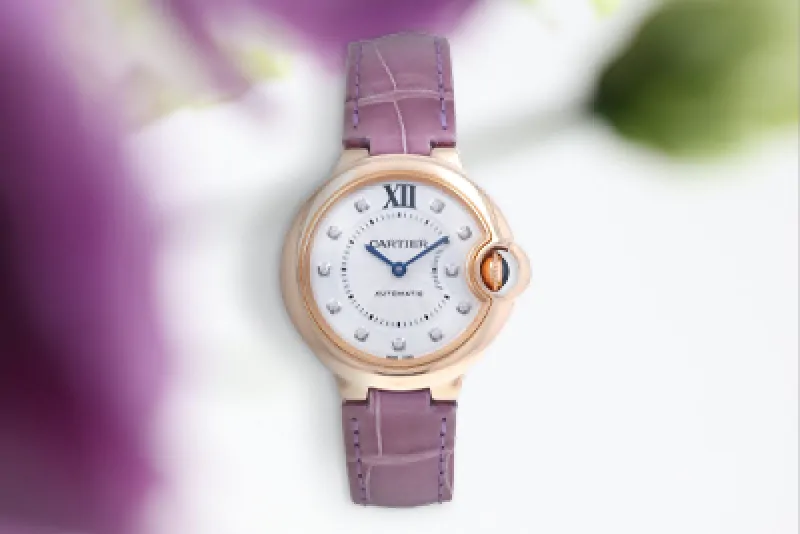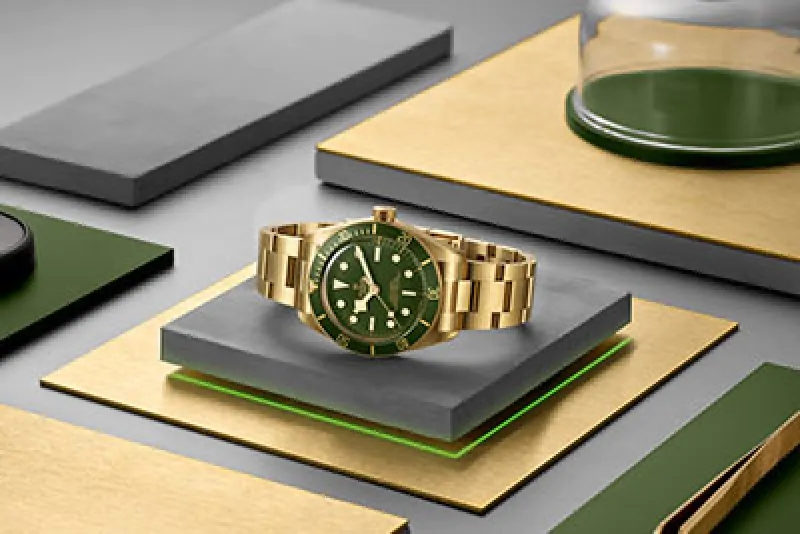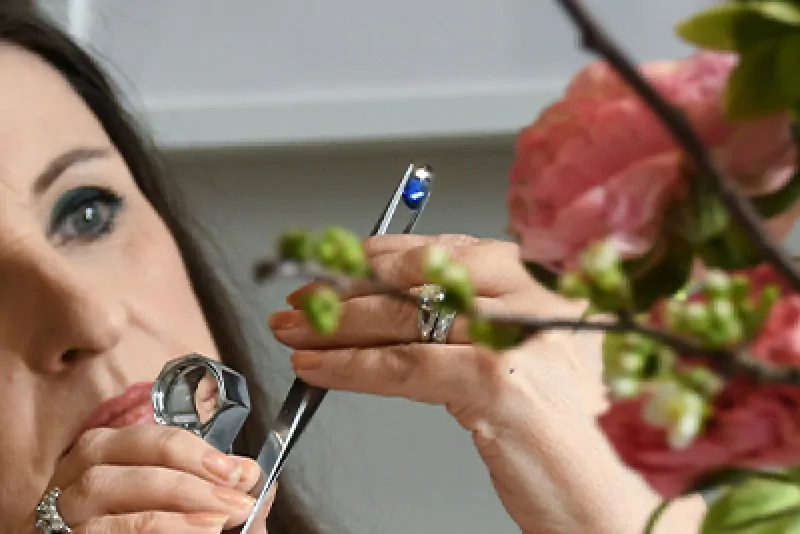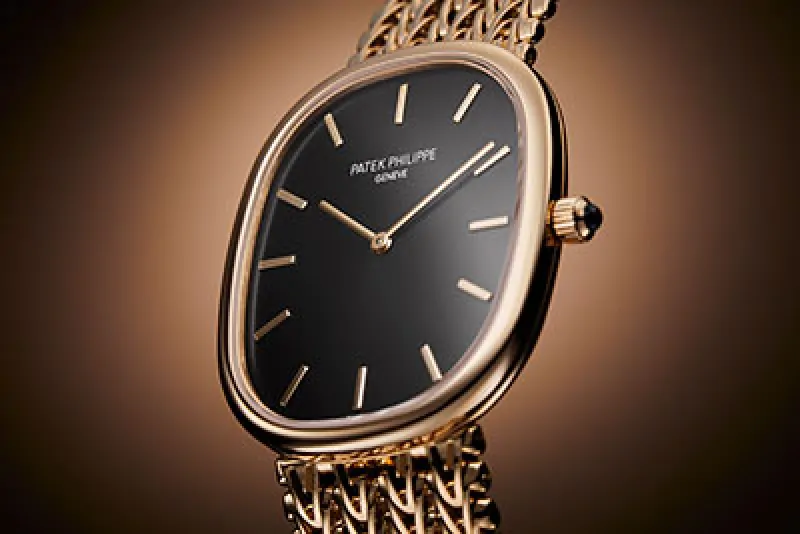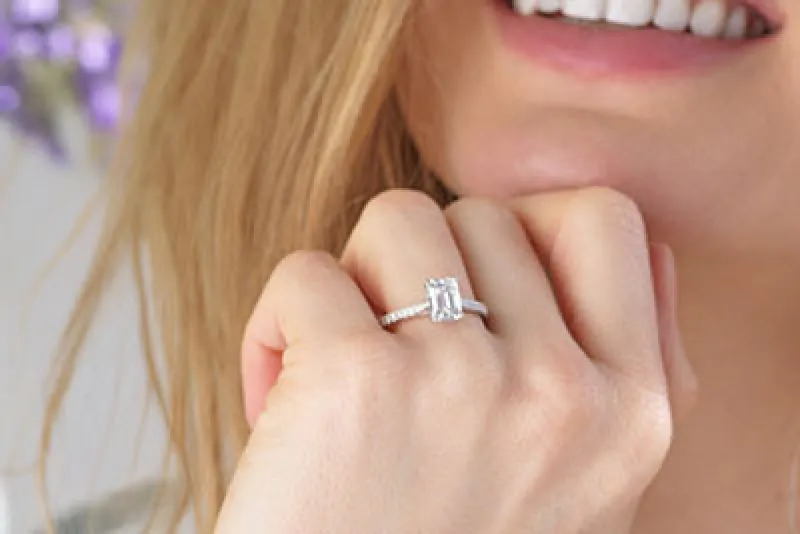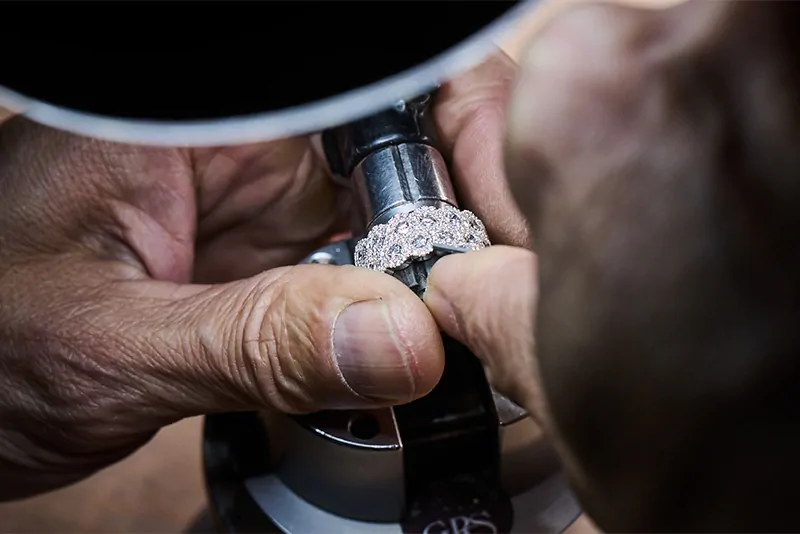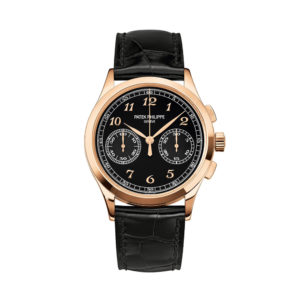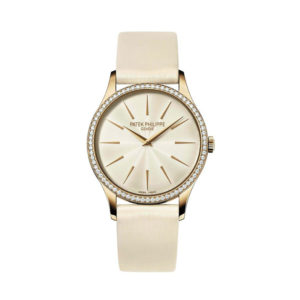The Laings Journal


Let’s look at P to T in the Watch Dictionary …
Today we’ll look at one of the most luxurious watchmakers, a very special type of complication and what makes a quality timepiece!
P for Patek Philippe
With their rich heritage dating all the way back to 1839, Patek Philippe is regarded as one of the world’s most prestigious watchmakers. Preserving their independence, Patek Philippe is the last family-owned Genevan watchmakers and they strongly believe in achieving growth and success with their own leverages and ability. This also means that Patek Philippe are able to enjoy unlimited creative freedom and continue their family beliefs.
Just as the company has been passed down generations, their watches are also created to stand the test of time. Combining their particular attention to detail and innovative craftsmanship, every watch from Patek Philippe is a work of art, no matter how simple or complex the movement is. To wear a Patek Philippe means you are wearing the finest and most precious timepiece in the world.
Q for Quality
Purchasing a luxury timepiece is never an easy decision, especially when these watches are usually accompanied by a high-end price tag. You often hear people say, “you get what you pay for” and that is certainly the case with luxury watches. All of our wristwatches are swiss-made, which is a stamp of quality, reliability and precision, and they are made by the finest watchmakers in the world who have dedicated decades to pursuing better watchmaking technology to deliver the best quality possible.
Luxury timepieces are also tested rigorously before leaving the manufacture for quality control and to ensure that they work to exacting standards. Confident in their products, most brands offer two years guarantee whilst some even offer five years!
R for Repeater
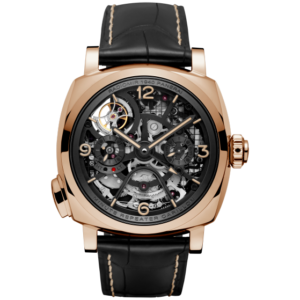 A rarer yet extremely intricate complication, a Repeater is a function that allows the watch to sound the time at your demand.
A rarer yet extremely intricate complication, a Repeater is a function that allows the watch to sound the time at your demand.
Very often the repeater complication will be created as a minute repeater, which sounds the time to the hour and minute. The repeater was originally invented so that in times where you cannot visually tell the time on your watch or clock, for example in darkness, at the press of a button the time will be chimed to you. Since the invention of the light-bulb, the need and production of the repeater has dropped greatly, making them even more rare and highly appreciated in the watchmaking world.
S for Sapphire Crystal Glass
The Sapphire Crystal Glass is standard within our luxury timepieces, and so it can be easy to forget what they are and why we use them.
Sapphire crystal glass was introduced to watchmaking in the 90's and is now widely used. Before its introduction, watchmakers used acrylic, which is now very rare to find in a modern luxury timepiece.
Sapphire crystal glass is transparent, synthetic material created by applying intense heat and pressure to aluminium oxide powder, this then produces a material that is much more durable than glass and just slightly weaker than a diamond (the hardest natural substance on earth!).
Sapphire crystal glass is actually very costly and also takes a much lengthier time to manufacture, but the benefits certainly outweigh this. The material is highly scratch resistant and is both strong and hard, reducing the chances of damage to the glass whilst protecting the dial. The strength of the glass is also demonstrated by its melting point which is a whopping 2030°C.
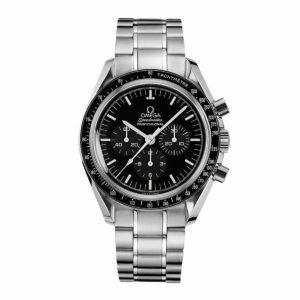
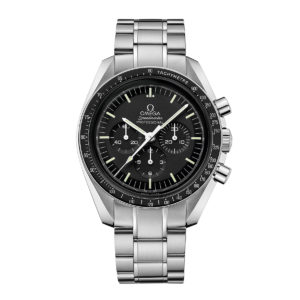
While the two Omega Speedmaster Moonwatches above look pretty identical, the left uses a hesalite crystal which is a type of acrylic and the right is equipped with a sapphire crystal glass.
View OMEGA Speedmaster Watches
T for Timekeeping
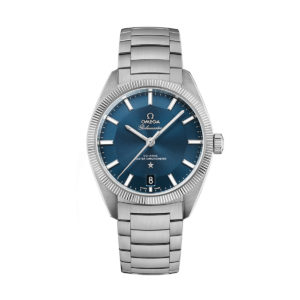 A watches' timekeeping is often talked about when they are equipped with a mechanical movement. This is because it is extremely rare for a mechanical movement to be 100% accurate to the second.
A watches' timekeeping is often talked about when they are equipped with a mechanical movement. This is because it is extremely rare for a mechanical movement to be 100% accurate to the second.
To test for the best-made calibres, mechanical watches will undergo examinations such as COSC to be certified as a chronometer. To do so, the precision of the watch must not exceed +6 seconds and -4 seconds per day. The watches are tested in different positions, temperatures and other circumstances which may affect the timekeeping of the watch – and only 6% of timepieces are COSC certified.
A chronometer has been assembled with extreme care and skill and only the best swiss-made luxury watches will achieve this certification.
To examine the ultra-precision of a watch, there is also a METAS test where the timepiece has passed COSC’s testing already and further tests, including exposure to magnetic fields, water resistance and precision deviation will be made. To pass this test, the movement is awarded as Master Chronometer and the first Master Chronometer is an Omega!
Thank you for taking the time to read our Watch Dictionary! Follow our latest news on Twitter, Facebook, Instagram, YouTube and Pinterest, or if you have any questions please pop us an email at [email protected].

